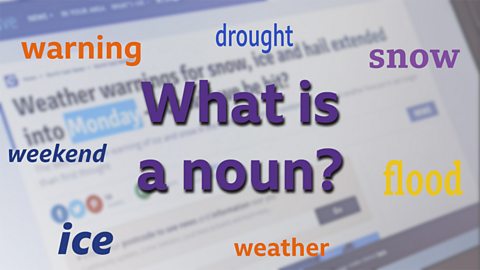Look at these pairs of sentences:
"The dog is chasing the squirrel"/ "The squirrel is being chased by the dog"
"Scientists classify glass as a solid"/ "Glass is classified as a solid"
Both sentence pairs make sense. Both describe the same facts. However, in each pair one sentence uses the active voice and one uses the passive voice.
Which sentence would you use? That would depend on what tone you wanted to convey and what you wanted the reader to focus on…
Introduction
Sentences can be described as active or passive. Sentences are usually constructed using the active voiceIn a sentence written in the active voice, the subject of the sentence performs the action. with a subjectThe subject (in a sentence) is the actor of the sentence, the person or thing doing the action., verbA verb is a word that shows an action (physical or mental) or state of being. and objectThe object (in a sentence) is the element of the sentence that is acted on, that the verb is directed towards. .
Using the passive voiceIn a sentence written in the passive voice, the subject is acted on by the verb. is a way of writing sentences so that the subject has the action 'done' to it – the object of the sentence comes first. The passive voice can be useful for making writing sound more formal and objective by focussing on the result of an action rather than the person doing the action.
Video about differences between the active and passive voice
Find out the difference between the active and passive voice
Active voice
In a sentence written in the active voice, the subjectThe subject (in a sentence) is the actor of the sentence, the person or thing doing the action. of the sentence performs the action. Sentences which use the active voice are usually more straightforward to understand as they are clear and direct.
Both these sentences use the active voice:
- The winner of the race lifted the trophy.
- The doctor examined the patient.
The subject 'the winner of the race' performs the action described by the verb 'lifted'. The subject 'the doctor' performs the action described by 'examined'. The subjects are all doing something – they are all taking action in these sentences.
Passive voice
In a sentence written in the passive voice the subjectThe subject (in a sentence) is the actor of the sentence, the person or thing doing the action. is acted on by the verbA verb is a word that shows an action (physical or mental) or state of being. .
Active: The puppy chewed the toy.
Passive: The toy was chewed by the puppy.
Passive: The toy was chewed.
To create the passive voice, add the verb 'to be' (in the correct tense) and then the main verb. Often a prepositionA preposition is a word that tells you where or when something is in relation to something else (examples include like after, before, on, under, inside and outside). such as 'by' is also used.
For example:The patient was (past tense of to be) examined (verb) by (preposition) the doctor.Exams have to be taken every year by pupils.
Which of these is in the passive voice?
- Someone has eaten the ice cream.
- The ball was saved by the goalkeeper.
- His grandma was looking after him.
- We are going to watch a movie tonight.
Answer: 2.
The ball was saved by the goalkeeper is not in the active voice.

Active versus passive
Using the active voice in a sentence often means fewer words are used than in the passive voice.
For example:
- Passive: The books were collected by the teacher. (7 words)
- Active: The teacher collected the books. (5 words)
Passive sentences can cause confusion because they can be vague about who is responsible for the action. For example, ‘A goal was scored’. Who scored the goal? Doesn’t the writer know?
Converting sentences to active voice
One way to avoid using the passive voice is to look for a ‘by’ phrase. Rewrite the sentence so that the subject in the 'by' phrase is closer to the beginning of the sentence.
For example:‘The exam was passed by the pupil’ would change to ‘The pupil passed the exam’.
Reasons to use the passive voice
Although the active voice is usually the preferred choice, there are sometimes good reasons to use the passive voice:
- To show interest in the person or object that experiences an action rather than the person or object that performs the action.
For example, the castle was built in 1066 - we are interested in the castle, not in who built it. - Because we don't know or do not want to say who performed the action.
For example, ‘I had the feeling that I was being watched.’ - I don’t know who was watching me - To create an authoritative or factual tone.
For example, ‘Pupils are not allowed in the dining hall after 1:45 p.m.’ - it is a general rule
Which of these is not in the passive voice?
- Mistakes were made.
- In this science experiment, sugar and hot water are stirred together to form a solution.
- The kite soared high in the sky.
- The secret plans were stolen last night!
Answer: 3.
The kite soared high in the sky is not in the passive voice.
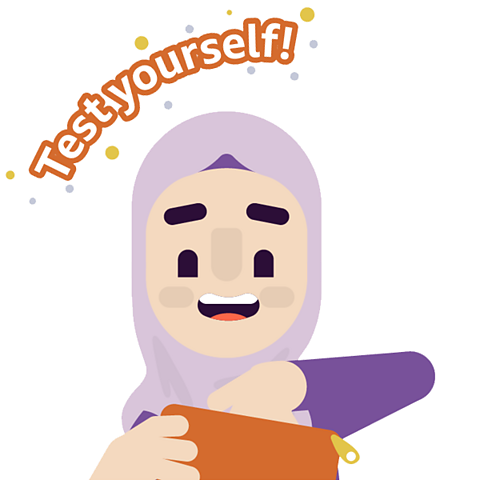
Test your knowledge
Worked example

Image caption, Click to see a step-by-step slideshow about using the active and passive voice to explain how to make a banana sandwich.
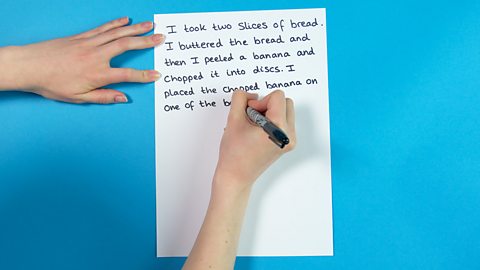
Image caption, STEP 1 - Write about making the sandwich in the active voice.
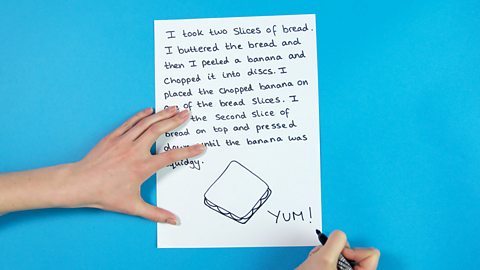
Image caption, STEP 2 - ‘I took two slices of bread’ is an example of the active voice. Here, the subject (I) is doing the action (took).
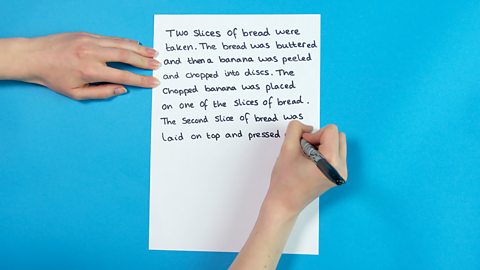
Image caption, STEP 3 - Write about making the sandwich in the passive voice.
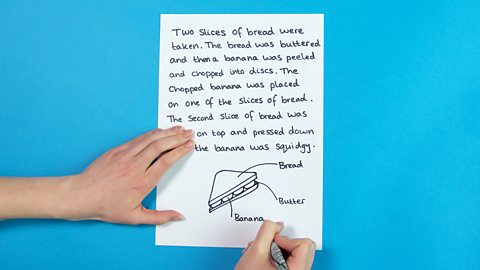
Image caption, STEP 4 - ‘Two slices of bread were taken’ is in the passive voice. In this sentence, the object (two slices of bread) is having the action done to it.
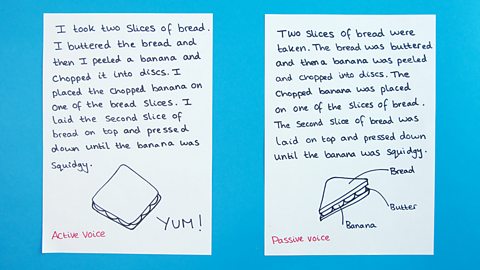
Image caption, Here are examples of both the active voice and the passive voice used in writing.
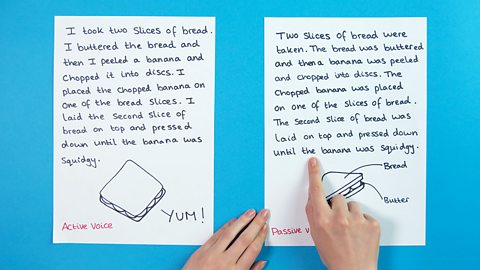
Image caption, STEP 5 - Compare the paragraphs. What effect do you think the passive voice has?
1 of 7
GCSE exam dates 2025
Find out everything you need to know about the 2025 GCSE exams including dates, timetables and changes to exams to get your revision in shape.

More on Grammar
Find out more by working through a topic
- count7 of 12
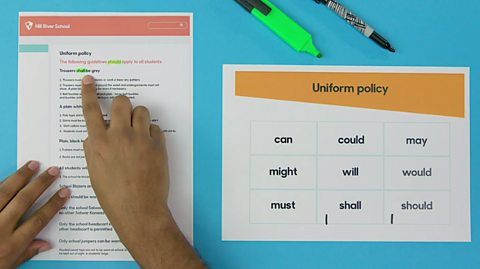
- count8 of 12

- count9 of 12
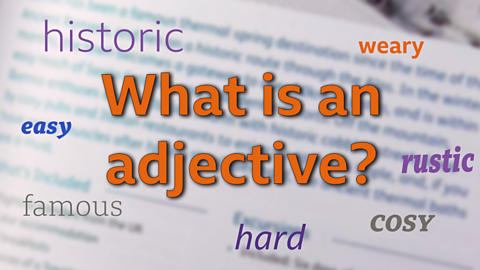
- count10 of 12
